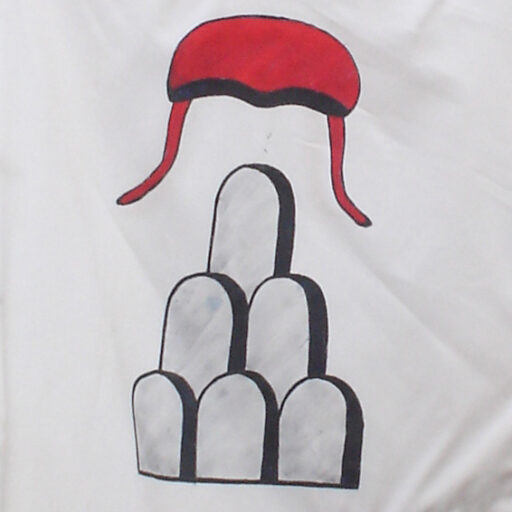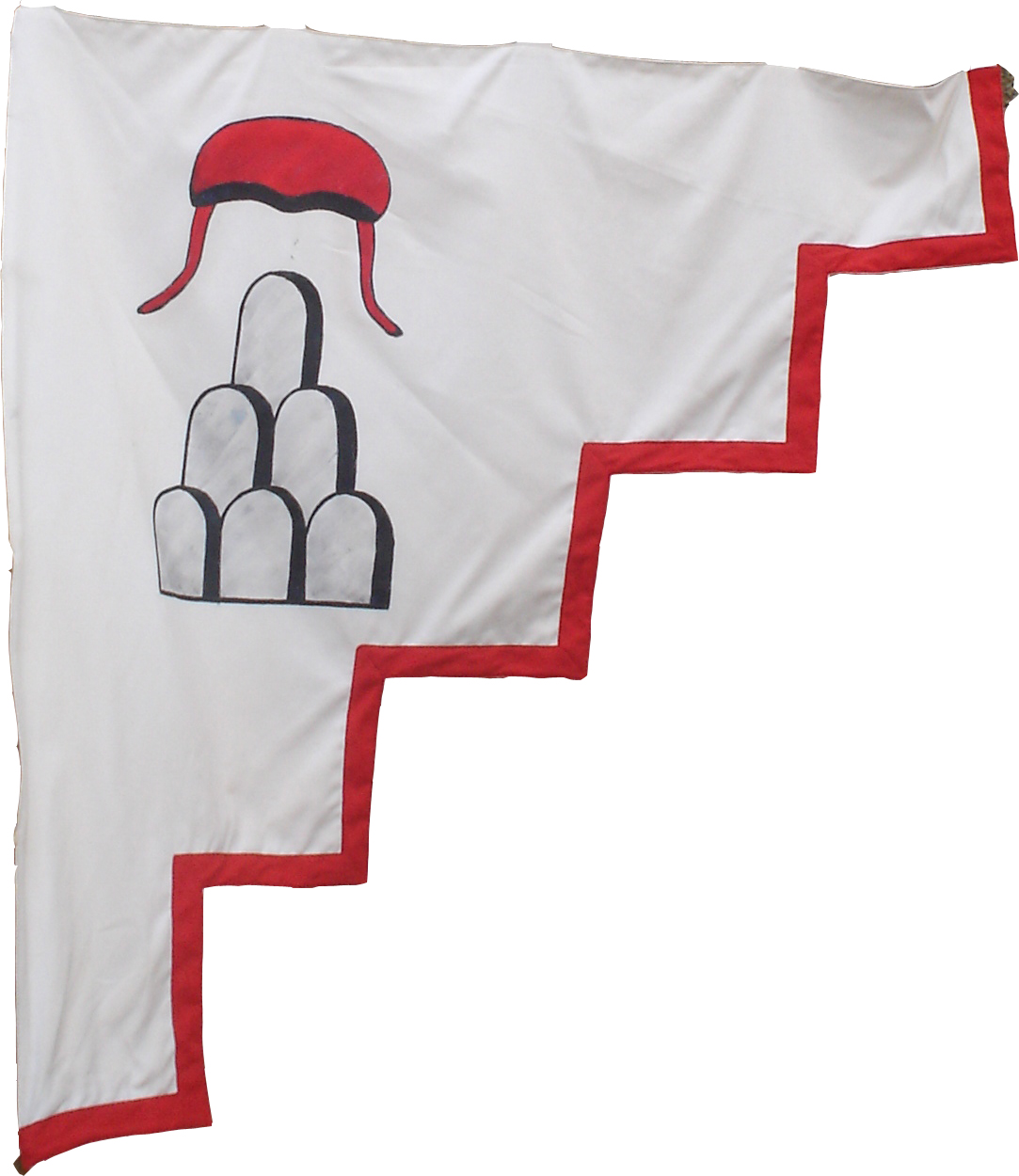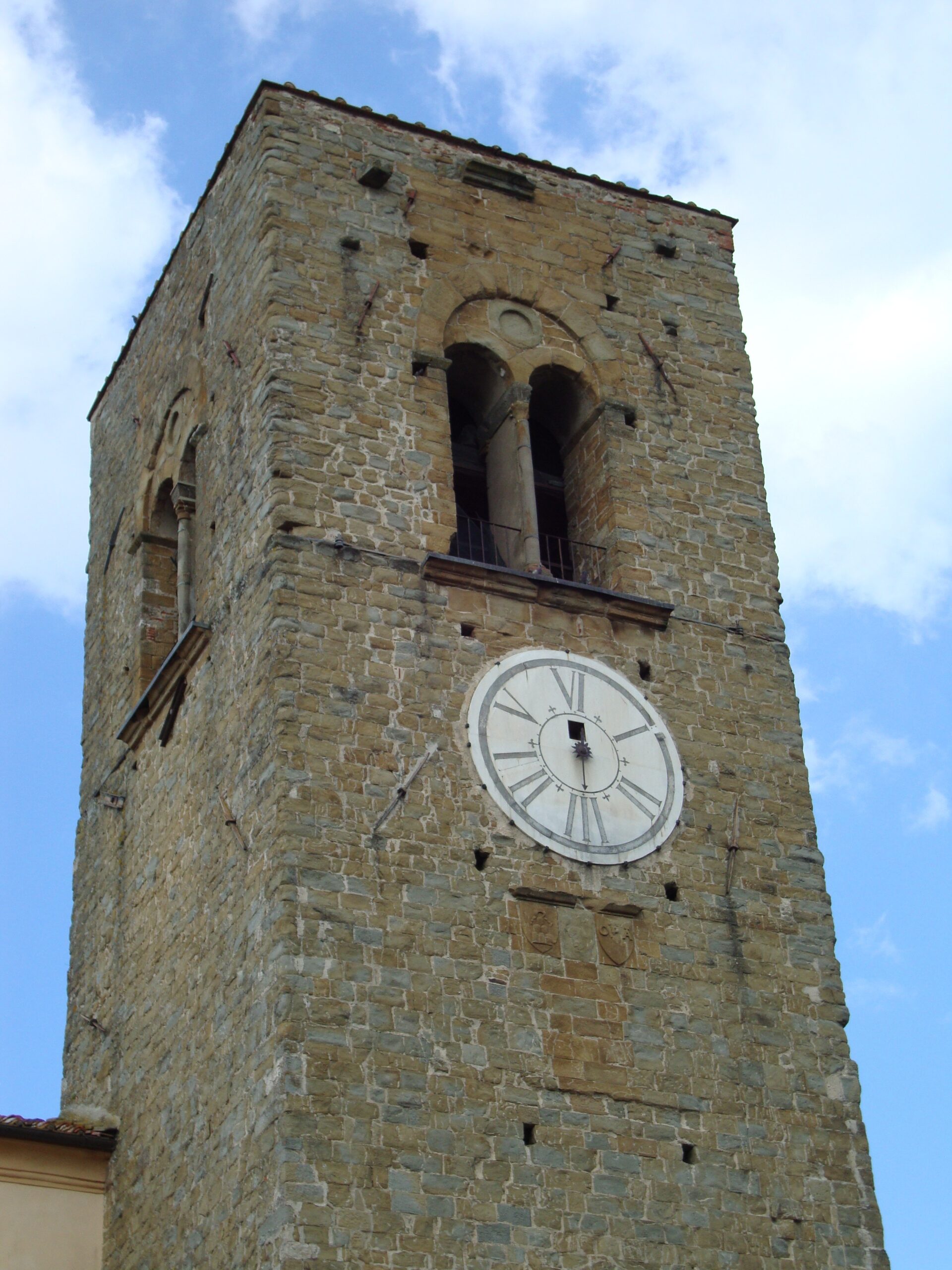Pro loco
“Rondò
di Montevettolini”
L’associazione e la storia di Montevettolini
L’Associazione Pro Loco “Rondò di Montevettolini” è nata nel 2016 sulle ceneri dell’Associazione “Rondò di Montevettolini” fondata nel 1992 col fine di valorizzare il paese di Montevettolini e creare aggregazione fra i ragazzi del paese. Inizialmente i soci avevano un’età compresa fra i 17 e i 30 anni ed in pratica erano tutti amici entusiasti di creare qualcosa di nuovo insieme.
Negli anni sono state e sono tuttora numerose le iniziative organizzate e gli interventi realizzati: costruzione della staccionata e dell’aiuola al cancello di Villa “Borghese”, rifacimento del pavimento all’esterno della chiesetta “Madonna della neve”, costruzione di un muretto con aiuola all’ingresso del paese, rifacimento dello stradello che porta dal “Rondò” alla “Madonna della neve”, gara della torta, escursioni a cavallo, escursioni a piedi lungo i sentieri del Montalbano, raduni Ape 50 Piaggio, Fierucola di prodotti biologici, gite sociali, vendita stelle natale pro UNICEF, allestimento grande albero di Natale nella piazza principale del paese, ristrutturazione margini religiose, ripristino fontane del paese, tombole, Feste di Carnevale, Festa della Mamma, Messidoro (rassegna teatrale), donazione tende e tinteggiatura ringhiera alla Scuola Primaria Baronti, carta turistica del paese, Festa di Halloween, Sapori d’autunno, Festa della castagna e ben venti edizioni della Festa Medioevale!!!
Insomma… a Montevettolini non si scherza!

Dove Siamo
Per chi proviene dall’A11 Fi—Mare direzione Firenze, uscire al casello autostradale di Montecatini terme, svoltare a destra su SS436 (strada Statale Francesca) dopo aver raggiunto Monsummano Terme proseguite seguendo le indicazioni per Empoli / Fucecchio / Cintolese; all’uscita est di Monsummano Terme all’altezza del semaforo in località Vergine dei pini svoltate a sinistra, dopo 1,5 Km vi troverete a Pozzarello; qui ha inizio la salita di 1,8 Km al 5% di pendenza che vi porterà a Montevettolini. Per chi invece proviene dall’ A11 FI-Mare direzione Viareggio può uscire o a Montecatini Terme o se vuole fare un percorso panoramico al casello autostradale di Pistoia, prendere l’indicazione per Prato e dopo poche centinaia di metri al primo incrocio svoltare a destra su SP9 (via Bonellina) giunti dopo 5 Km a Cantagrillo svoltare a destra per montevettolini seguendo le indicazioni stradali di colore nero su sfondo giallo; dopo 7 Km, (4 di salita e 3 di falsopiano e discesa) sarete arrivati a Montevettolini. Per chi proviene da Empoli / Fucecchio prendere le indicazioni per Montecatini terme; arrivati alla periferia di Monsummano Terme al primo semaforo in località Vergine dei Pini svoltate a destra, dopo 1,5 Km sarete a Pozzarello; qui ha inizio la salita di 1,8 Km al 4/5 % di pendenza che vi porterà a Montevettolini.
Indirizzo
Piazza Bargellini 7, Ex Palazzo Comunale, PT-51015 Montevettolini, Monsummano Terme, Italia.
Telefono
Dati Associazione
Codice Fiscale: 91015000473
P. IVA: 01569890476




 Shqip
Shqip العربية
العربية Беларуская мова
Беларуская мова Bosanski
Bosanski Български
Български Català
Català 简体中文
简体中文 Corsu
Corsu Hrvatski
Hrvatski Čeština
Čeština Dansk
Dansk Nederlands
Nederlands English
English Eesti
Eesti Filipino
Filipino Suomi
Suomi Français
Français Deutsch
Deutsch Ελληνικά
Ελληνικά עִבְרִית
עִבְרִית हिन्दी
हिन्दी Íslenska
Íslenska Gaeilge
Gaeilge Italiano
Italiano 日本語
日本語 한국어
한국어 Latviešu valoda
Latviešu valoda Lietuvių kalba
Lietuvių kalba Lëtzebuergesch
Lëtzebuergesch Македонски јазик
Македонски јазик Malagasy
Malagasy Maltese
Maltese Norsk bokmål
Norsk bokmål Polski
Polski Português
Português Română
Română Русский
Русский Српски језик
Српски језик Slovenčina
Slovenčina Slovenščina
Slovenščina Español
Español Svenska
Svenska Türkçe
Türkçe Українська
Українська